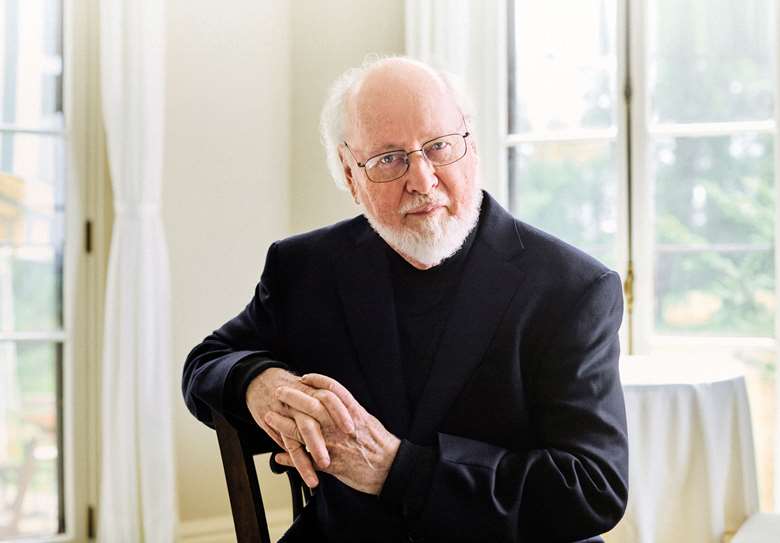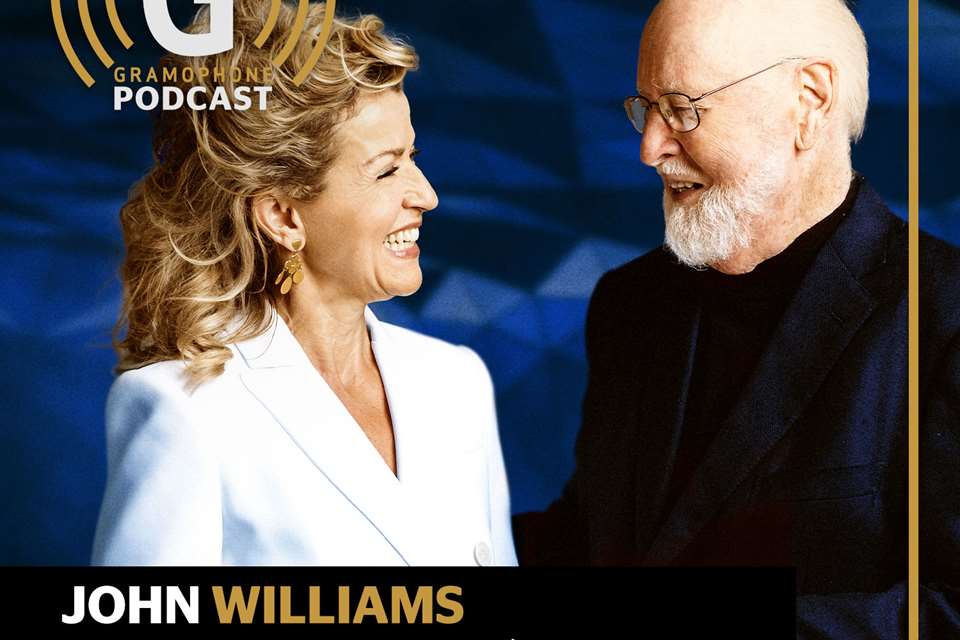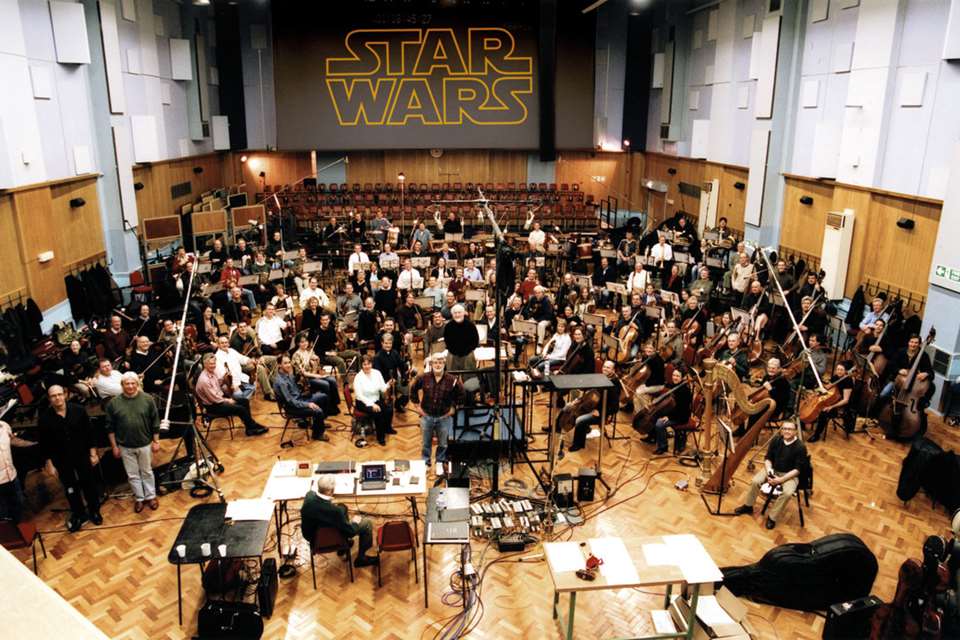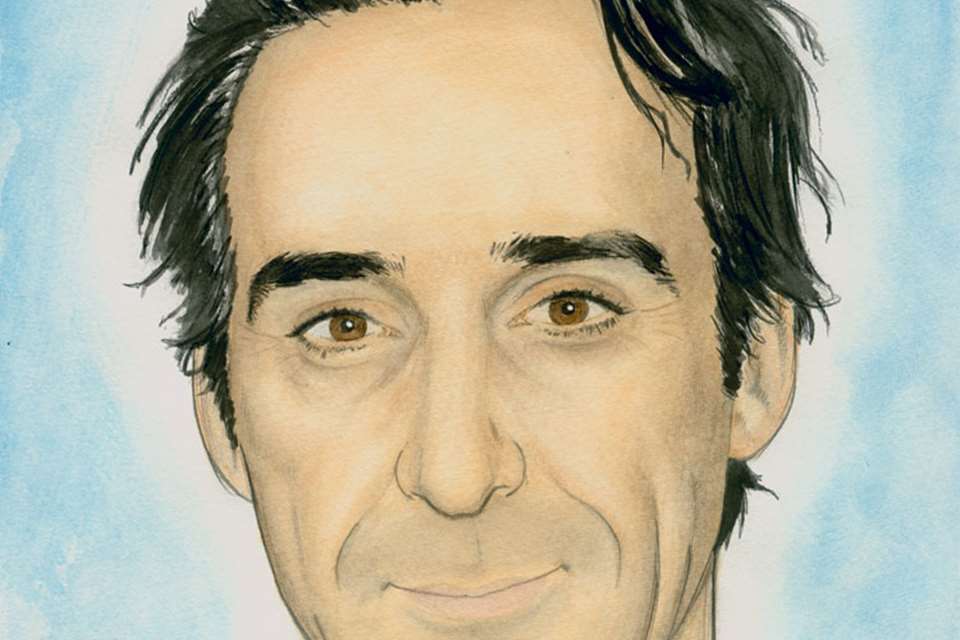John Williams’s concertos: the other side of cinema’s great musical genius
Andrew Farach-Colton
Monday, July 25, 2022
Exploring the concertos of John Williams with conductor Leonard Slatkin, cellist Yo-Yo Ma and violinist Anne-Sophie Mutter

Register now to continue reading
Thanks for exploring the Gramophone website. Sign up for a free account today to enjoy the following benefits:
- Free access to 3 subscriber-only articles per month
- Unlimited access to our news, podcasts and awards pages
- Free weekly email newsletter













